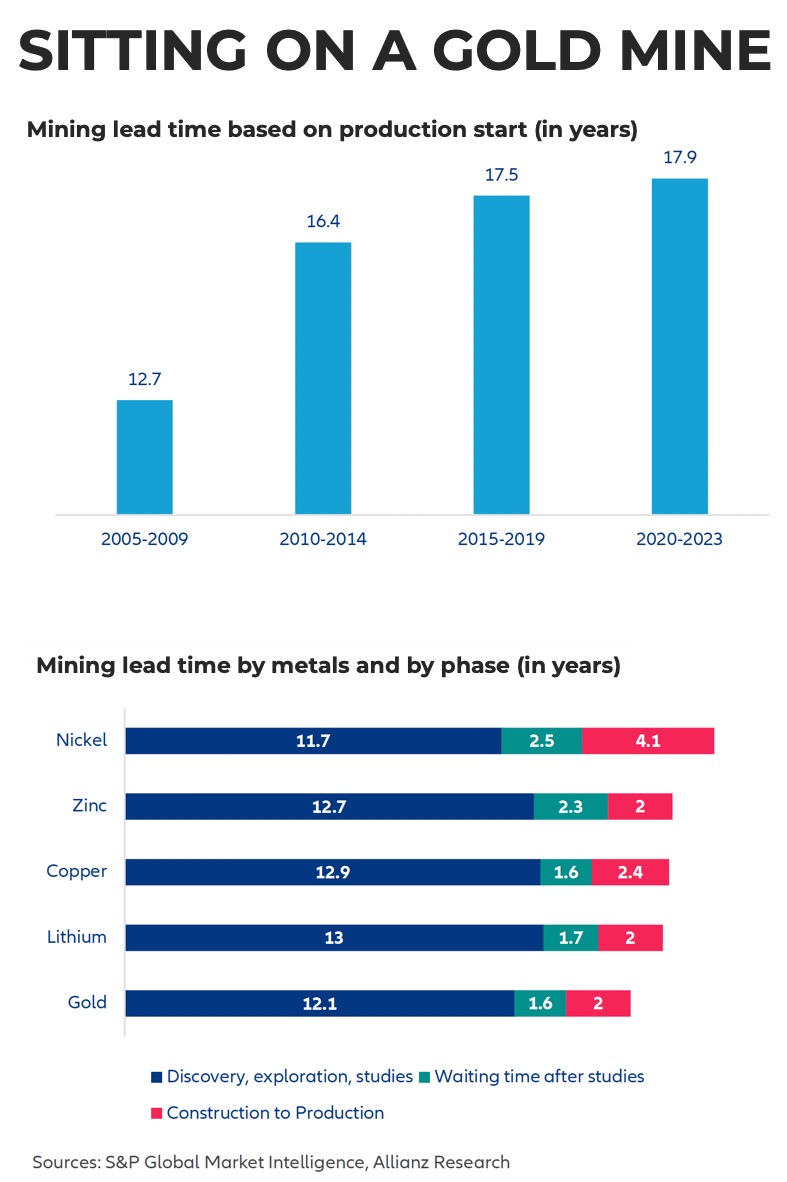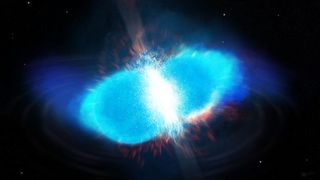
Skip to conten
The sinister history of America's 'uranium gold rush'
The success of the Manhattan Project sent demand for uranium skyrocketing, and enterprising prospectors went out West in search of an overnight fortune. But many were exposed to lethal radiation in the mines.
Two miners, both wearing hardhats, push a cart out of a uranium mine in Kern Countym California in 1955. To bolster its nuclear arsenal, the U.S. govern...Read More
Photograph by FPG, Getty Images
ByErin Blakemore
July 12, 2024
Armed with picks and shovels, the prospectors turned to the American West intent on finding deposits of the mineral that would make their fortunes. Their pursuit of wealth led to vast riches—and left ghost towns in its wake.
But the year wasn’t 1849, and the miners weren’t in search of gold. Instead, it was the 1950s, and they carried Geiger counters along with their shovels. They were part of the United States’ last big mineral rush—a forgotten race to find uranium deposits at the dawn of the nuclear age.
Uranium mining’s early days
Uranium hadn’t always been a hot commodity: When a prospector
found a deposit of yellow rock in Montrose County, Colorado in 1881, radioactivity hadn’t even been discovered yet.
Though uranium mines near the intersection of New Mexico, Colorado, Arizona, and Utah, now known as the
Uravan Mineral Belt, were active in the early 20th century, but production was low and mining was mostly focused on radium and vanadium, elements also found in carnotite ore that is used in steel production.
Uranium ore from Daybreak Mine in Washington state. Once considered an cheap byproduct of mining radium and vanadium, uranium became highly so...Read More
Photograph by Bjoern Wylezich, Getty Images
By the dawn of the Second World War, uranium was still considered to be what historian Bernard Conway
calls a “worthless byproduct of vanadium refinement.”
But that changed with the Manhattan Project, the top-secret effort to develop the world’s first nuclear weapons. Project scientists attempted to invent both a uranium bomb and one based on plutonium, an element that, they discovered, could be
produced in a reactor fueled by uranium.







